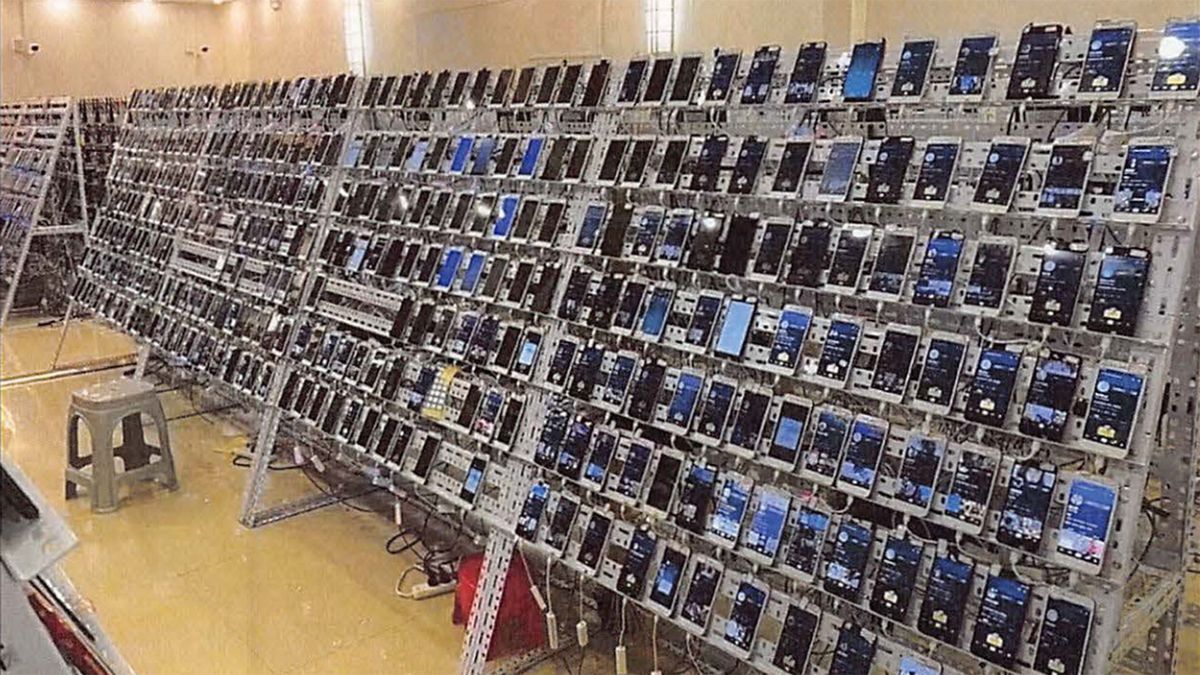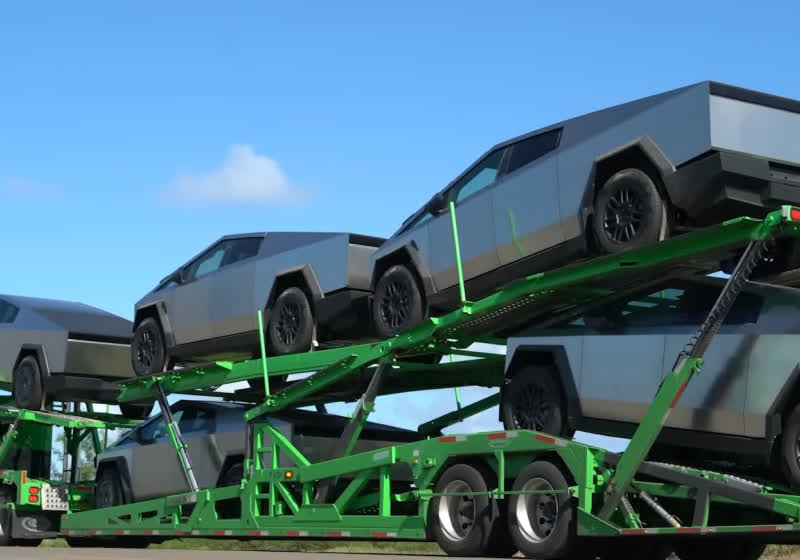There’s a scene in Netflix’s “Wallace and Gromit: Vengeance Most Fowl” that might seem familiar to some; at least it should be to “The Lord of the Rings” fans.
Zany inventor Wallace and his pet dog Gromit are back, but it’s the return of the penguin criminal, Feathers McGraw, who has vengeance in mind. The story picks up with Feathers in a zoo, determined and plotting to get out — with whatever means it takes. Enter Wallace’s latest invention: Norbot, a friendly garden gnome that he programs to lend a hand with the pruning, picking and cultivating. A cunning Feathers, however, manages to reprogram Norbot into becoming his evil right-hand cohort, out to destroy Wallace, his neighborhood business and his reputation.
Overnight, evil Norbot creates an army of clones that build a lair in Wallace’s basement, where they store and melt down stolen garden tools — and build a submarine.

The first time Gromit discovers Norbot’s lair is the nod to a scene from “The Lord of the Rings.” “The idea was based on the building of the Uruk-hai army, so we’re getting that feeling of sparks and industrial works,” says production designer Matt Perry says.
The overall concept was to make everything happening in the basement seem “very dramatic.” And that, he nails. The fact that Norbot’s lair was in Wallace’s basement is unusually exaggerated for the purpose of the dramatic, bad events happening. The enormous scaffolding which the clones have constructed drives home the point that something very bad is in the works.
Perry explains the initial scaffolding sketches showed the build to be huge. “We doubled the height of the basement to allow for that shot. We just wanted it to be vast,” he says, noting that Norbot’s lair reveal “was all in-camera.” He adds, “We also wanted to feel like the scaffold was around a subject that was being built” — that “subject” being a submarine. For its interior, Perry says they used “Victorian gardening tools to make the inside have that gothic feel.”

That is where Perry featured a nod to another classic: “20,000 Leagues Under the Sea.” Inside the submarine, Feathers’ chair was nicknamed “The Nautilus,” a reference to the fictional submarine belonging to Captain Nemo in the Jules Verne novels and film. “We called it that during production,” Perry says. “The garden chair is a classic cast iron chair, and when [Feathers] sat there, there’s a halo around his head and fairy wings to make it look quite angelic when he’s the most evil villain in cinematic history.”

And with that, here’s something to consider — To date, only three animated feature films have landed in the best picture Oscar race (“Beauty and the Beast,” “Up” and “Toy Story 3”). Animation also takes a village of artisans to tell the story. Rarely are artisans on animated features recognized aside from composers, songwriters and sound — this year with “The Wild Robot.”
Perhaps in the future, Oscar voters will be more open to considering production designers like Perry in their nominations given they put as much ideation into their work as their fellow live-action counterparts, and collaborate with all their department heads to aid their storytelling process.










 English (US) ·
English (US) ·